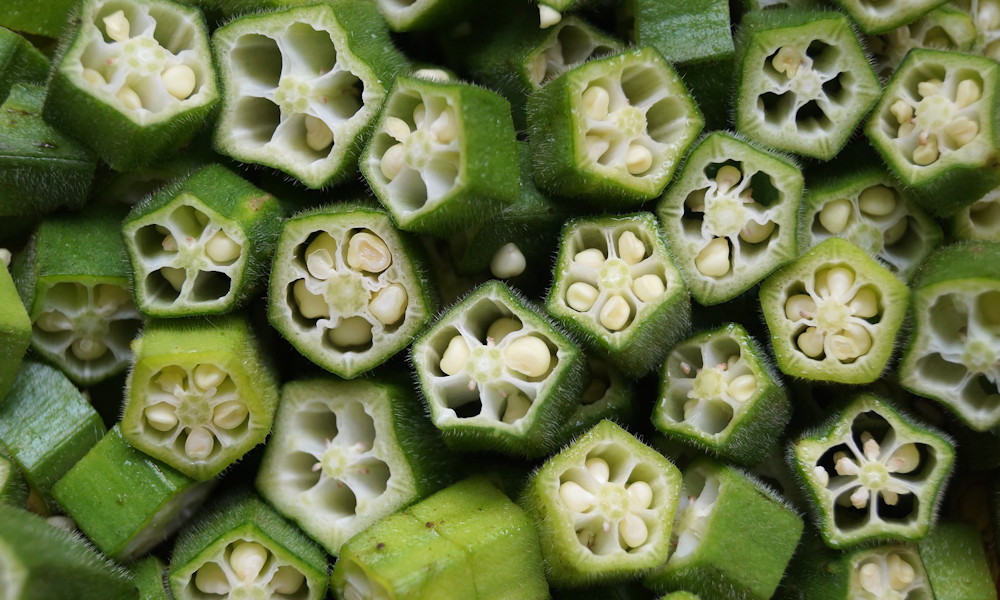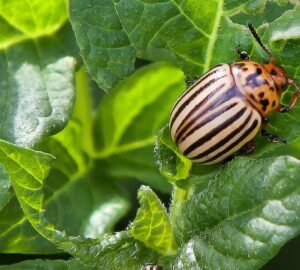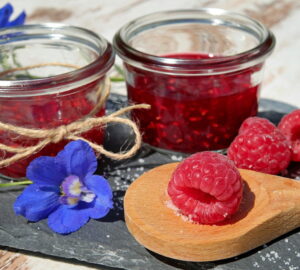If you’re an adventurous gardener looking to diversify your crops and add some culinary excitement to your kitchen, let us introduce you to okra (Abelmoschus esculentus). This often-overlooked vegetable boasts a rich history, unique appearance and a range of culinary uses that are sure to pique your interest and delight your taste buds.
Origin and Description
Okra, also known as “lady’s finger” due to its elongated, slender shape, has a fascinating origin that traces back to ancient Ethiopia. It quickly spread across Africa, the Middle East and Asia, becoming a staple in various cuisines worldwide. Today, okra is widely cultivated in tropical and warm temperate regions.
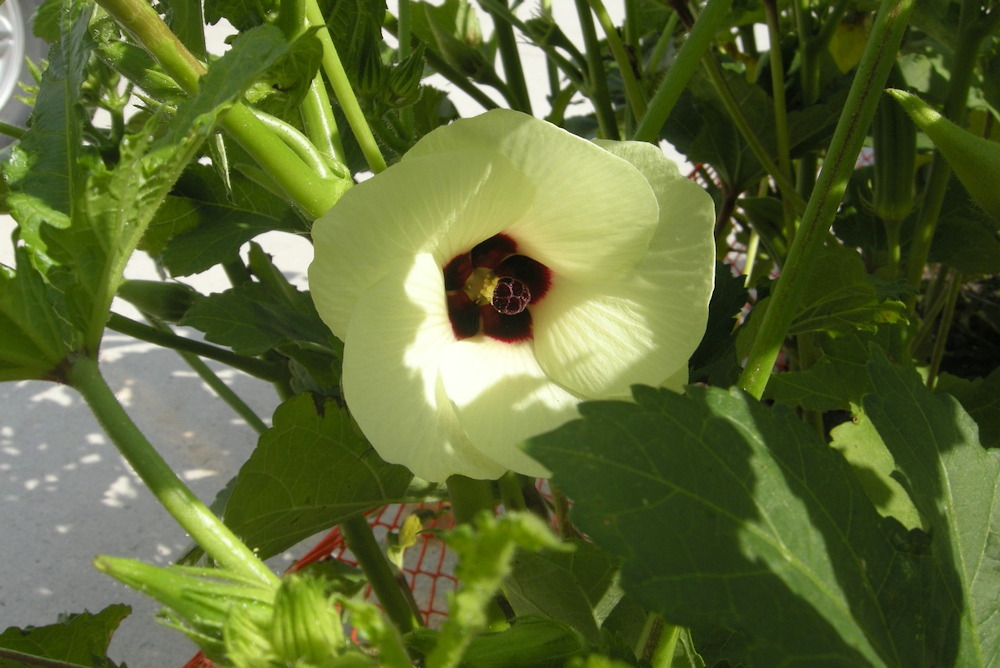
The okra plant is a member of the mallow family and features large, vibrant green leaves with yellow hibiscus-like flowers that give way to distinctive, ridged green pods. When harvested at the right time, these pods are tender and full of flavor.
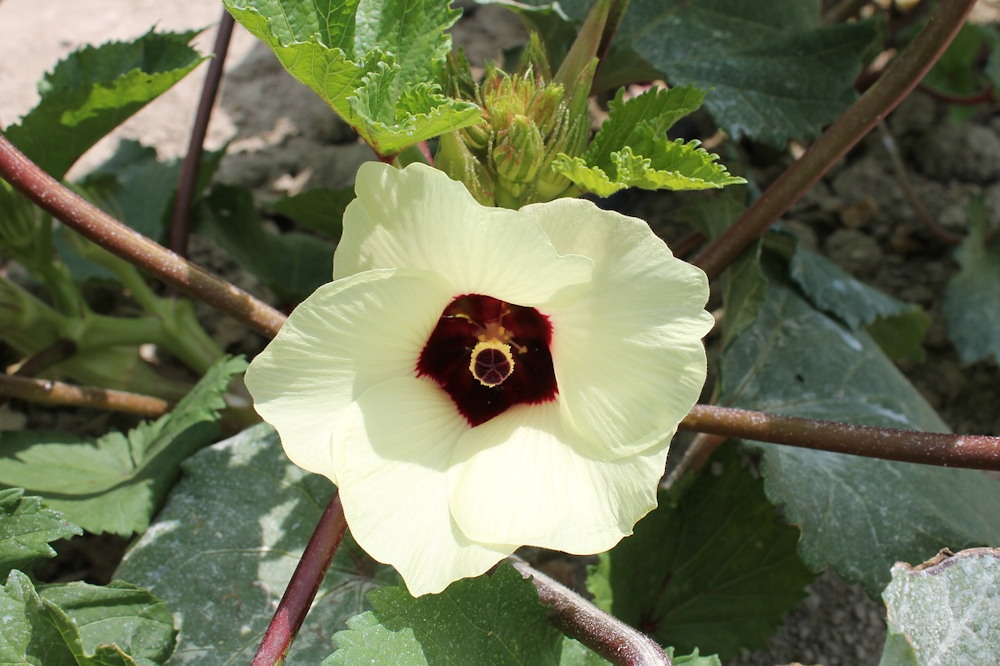
Okra flowers are typically a hibiscus-like yellow color with a crimson or maroon center. The flowers have a striking appearance and are known for their beauty. The crimson or maroon center of the yellow flowers adds to their visual appeal and makes them stand out amidst the green foliage of the plant.
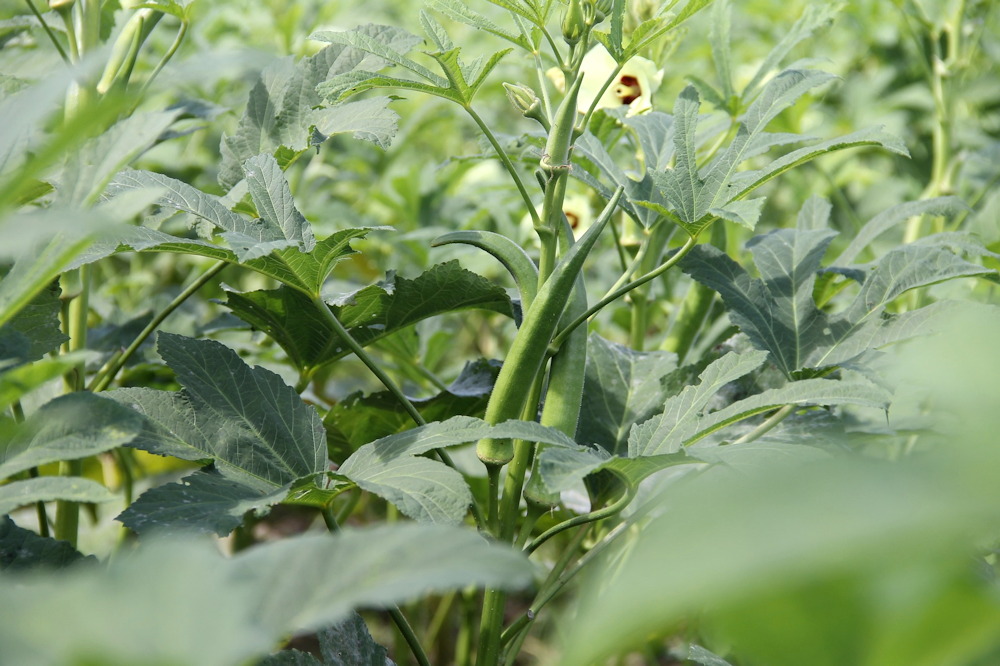
Okra can reach heights of 3 to 6 feet (0.9 to 1.8 meters) and thrives in well-drained, sandy loam soil with a pH level between 6.0 and 6.8. The height of the plant can vary depending on the specific variety, growing conditions and local climate.
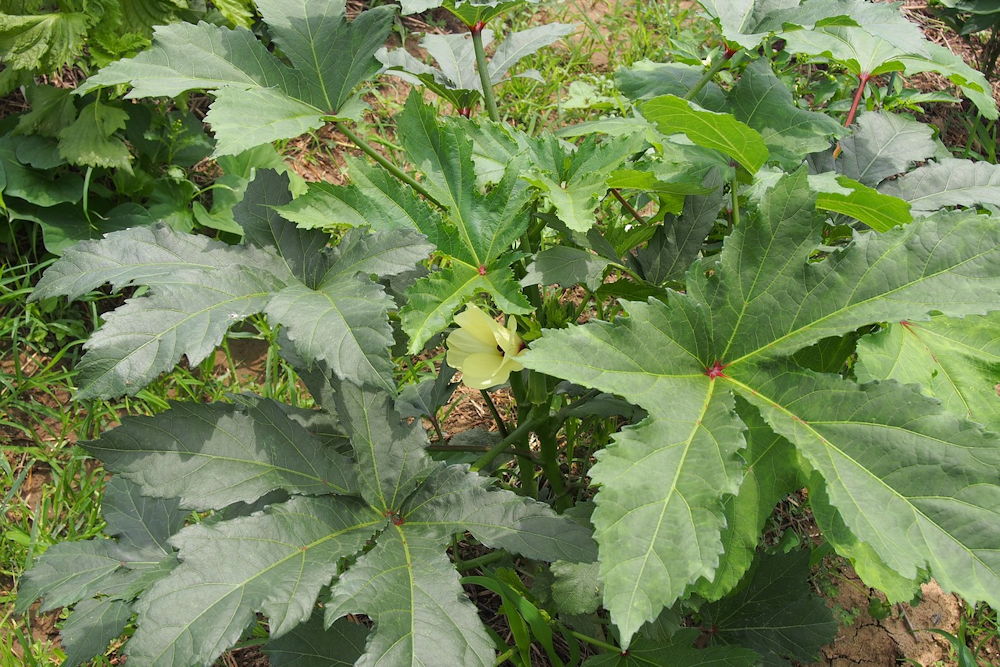
Growing Needs
Okra is relatively easy to grow and can be cultivated both in large garden plots and smaller containers. For the best results, plant okra in full sunlight, as it requires a minimum of 6-8 hours of direct sunlight each day. Ensure the soil is well-drained and enriched with organic matter.
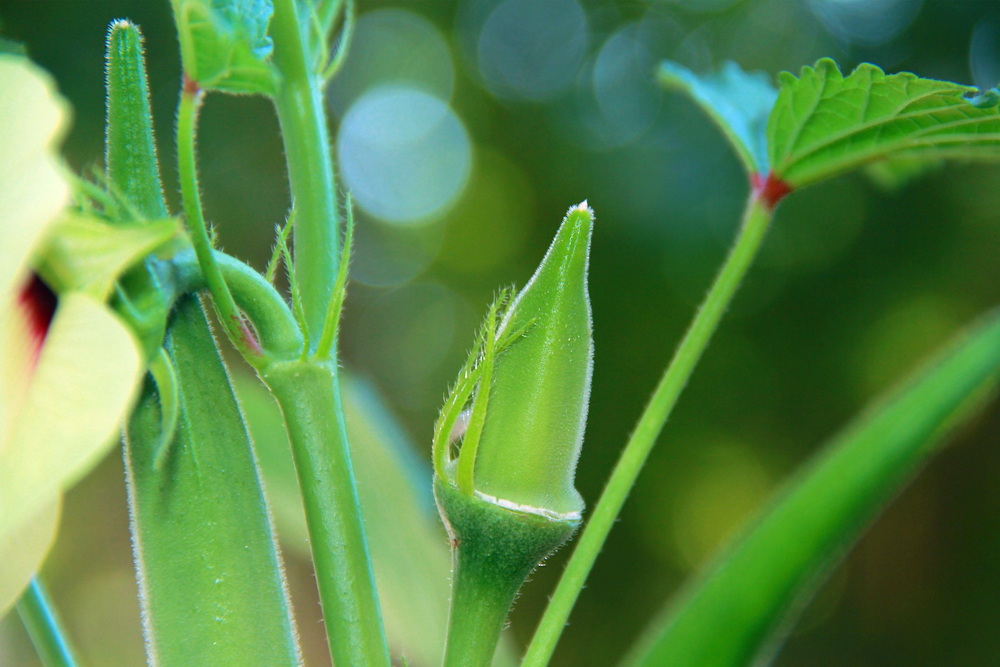
Seeds can be sown directly in the garden after the last frost date, as okra prefers warm temperatures between 70°F to 95°F (21°C to 35°C). Regular watering is essential, especially during hot and dry periods, to maintain consistent soil moisture. Adequate spacing between plants (around 12 to 18 inches (30-45 cm)) allows for proper air circulation and prevents overcrowding.
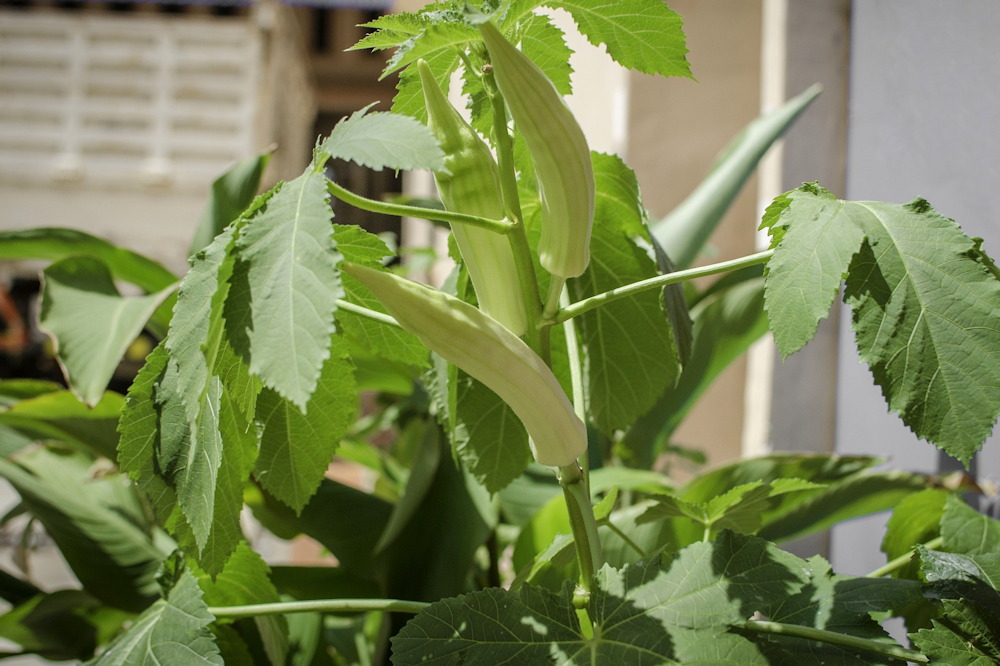
With its sturdy and resilient nature, okra is relatively resistant to pests and diseases. However, keep an eye out for aphids, caterpillars and spider mites, which may occasionally pose a threat.
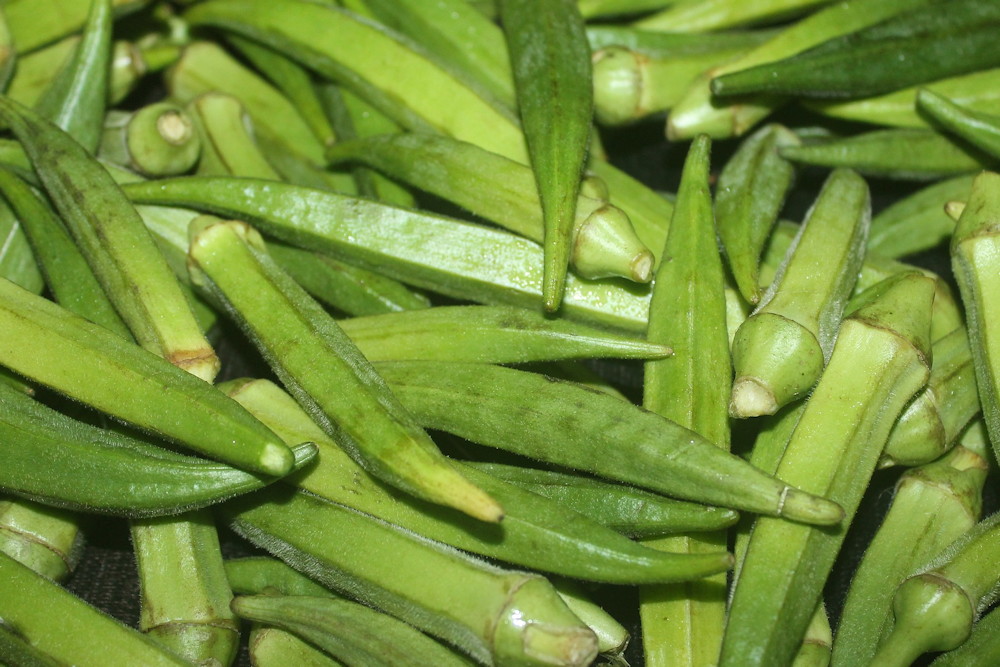
Common Culinary Uses
Okra is renowned for its culinary versatility and unique texture. When cooked, the pods release a thickening agent that adds a pleasant viscosity to soups, stews and gumbos. Its flavor is often described as mild and slightly grassy, making it a great companion for a wide range of ingredients.
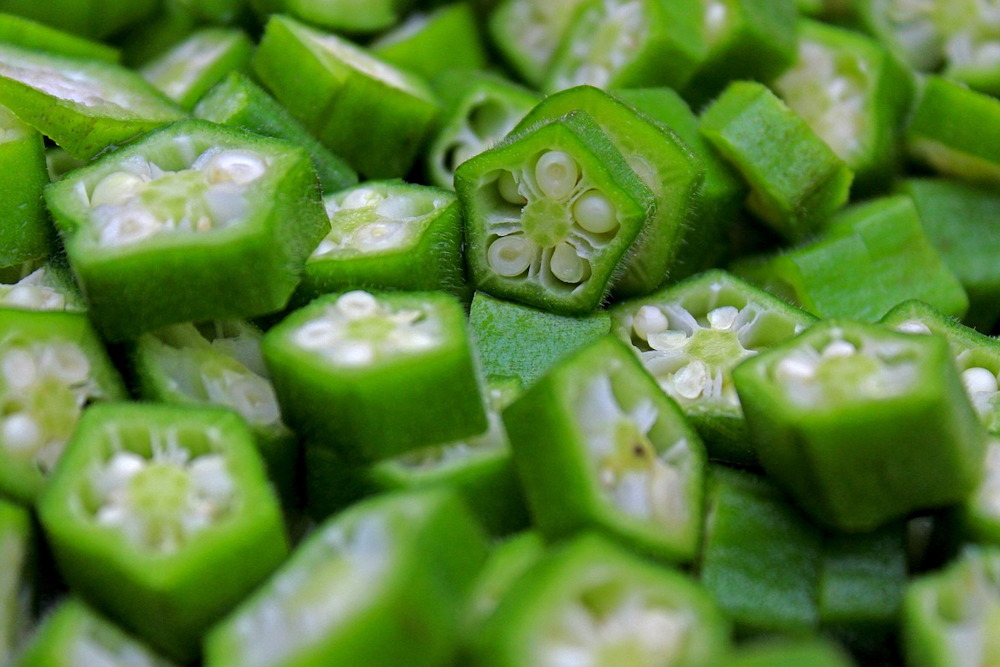
Some of the most common culinary uses of okra include:
Gumbo: A classic Southern stew made with okra, onions, bell peppers, tomatoes and various meats like chicken, sausage or seafood.

Bhindi Masala: A popular Indian dish where okra is stir-fried with spices like cumin, coriander and turmeric.
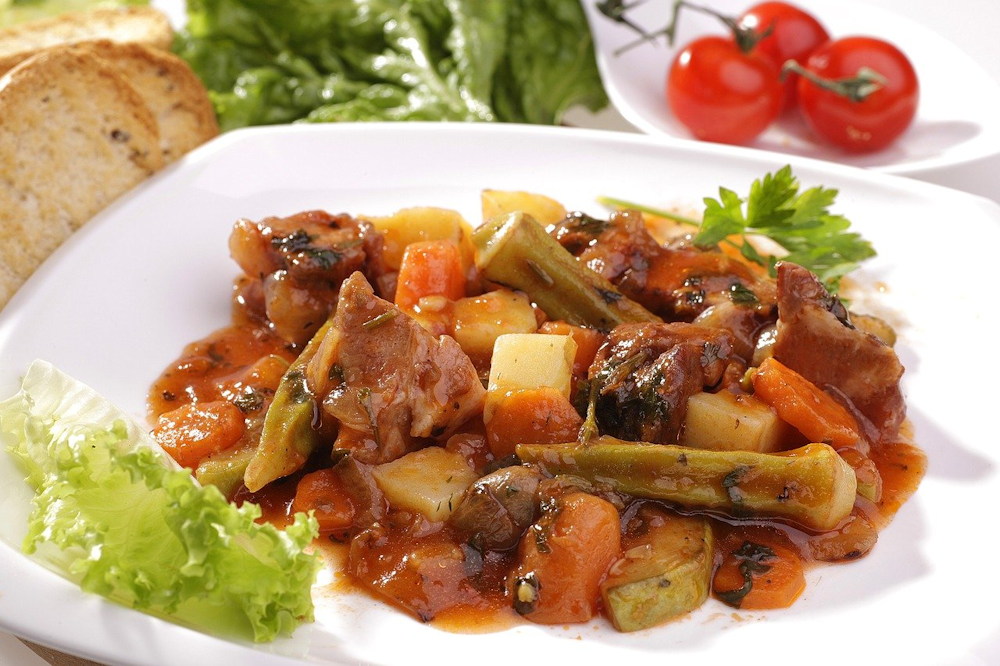
Pickling: Okra pods can be pickled, providing a tangy and crunchy addition to salads and sandwiches.
Grilling: Whole okra pods can be lightly brushed with oil and grilled to perfection, creating a delicious and healthy side dish.
Fried Okra: A beloved Southern delicacy where sliced okra is coated in cornmeal or flour and fried until crispy.
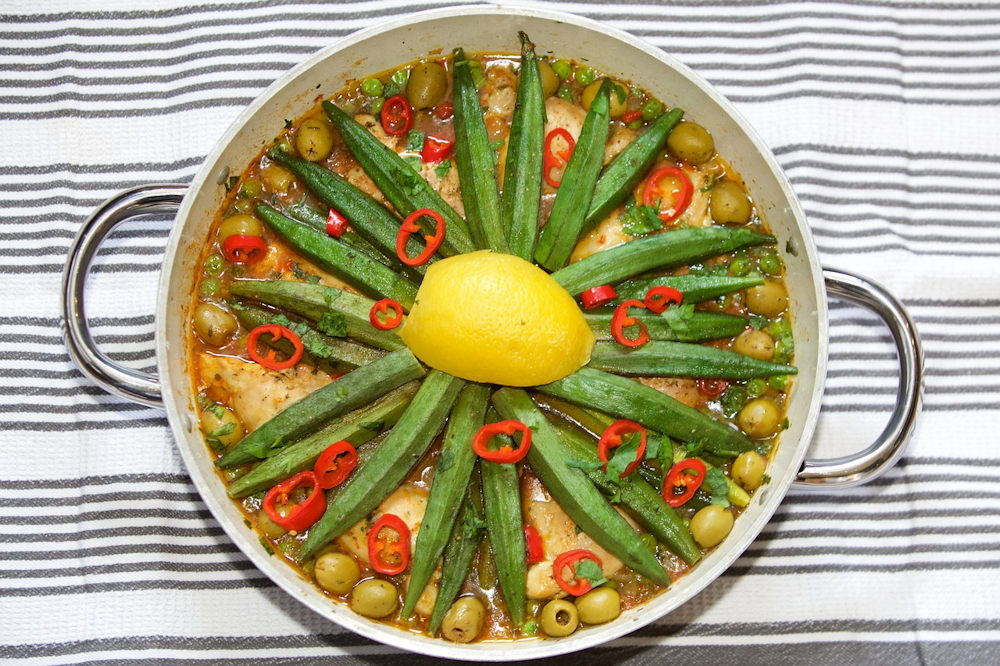
Incorporating okra into your garden and culinary repertoire will not only add visual appeal to your green space but also introduce you to a world of diverse and delicious dishes. Whether you’re an experienced gardener or just starting, the okra plant offers a rewarding and flavorful experience for all. Happy gardening and bon appétit!



